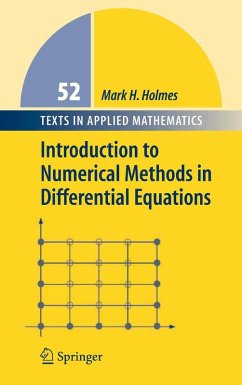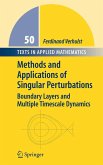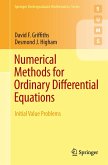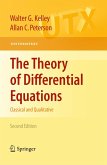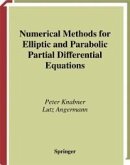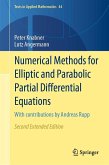This is a textbook for upper division undergraduates and beginning graduate students. Its objective is that students learn to derive, test and analyze numerical methods for solving differential equations, and this includes both ordinary and partial differential equations. In this sense the book is constructive rather than theoretical, with the intention that the students learn to solve differential equations numerically and understand the mathematical and computational issues that arise when this is done. An essential component of this is the exercises, which develop both the analytical and computational aspects of the material. The importance of the subject of the book is that most laws of physics involve differential equations, as do the modern theories on financial assets. Moreover many computer animation methods are now based on physics based rules and are heavily invested in differential equations. Consequently numerical methods for differential equations are important for multiple areas.
The author currently teaches at Rensselaer Polytechnic Institute and is an expert in his field. He has previously published a book with Springer, Introduction to Perturbation Methods.
The author currently teaches at Rensselaer Polytechnic Institute and is an expert in his field. He has previously published a book with Springer, Introduction to Perturbation Methods.
Dieser Download kann aus rechtlichen Gründen nur mit Rechnungsadresse in A, B, BG, CY, CZ, D, DK, EW, E, FIN, F, GR, HR, H, IRL, I, LT, L, LR, M, NL, PL, P, R, S, SLO, SK ausgeliefert werden.

